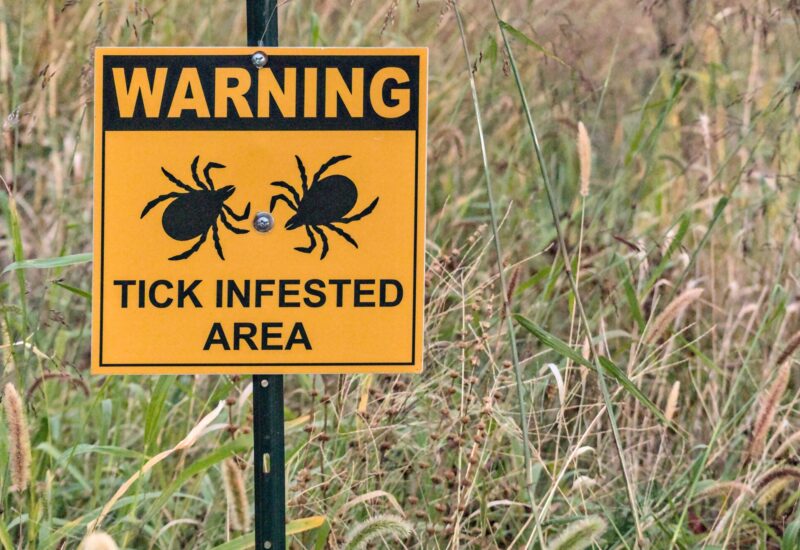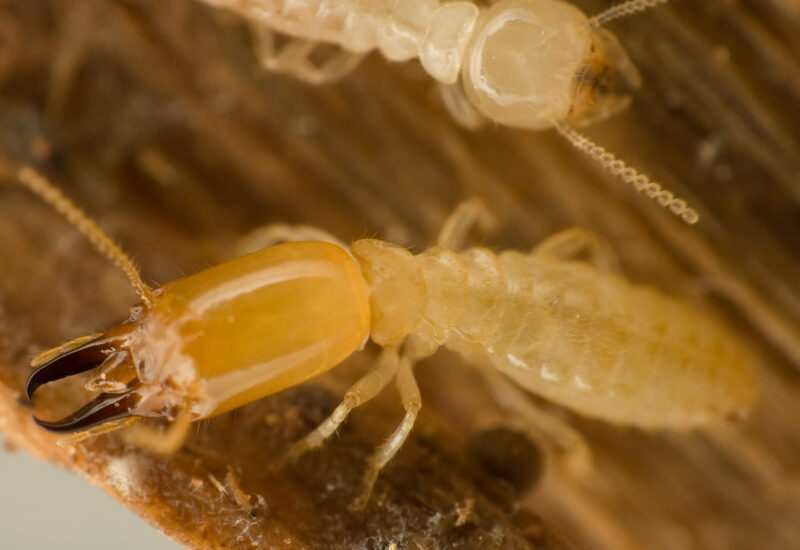A 2014 Bed Bug Update
Let me start by saying that bed bugs are not going away any time soon. I’m guessing that was the last thing you wanted to hear. However, there are some recent studies that provide us with additional insight about this secretive blood-sucking species.
The first study, “Spatial and Temporal Patterns in Cimex Lectularius (Hemiptera: Cimicidae)”, was published in the Journal of Medical Entomology. Scientists analyzed four years of bed bug reports gathered by the Philadelphia Health Department, and found that infestations have been increasing significantly with the most infestations occurring in August and the least in February. Dr. Michael Levy, assistant professor at the Center for Clinical Epidemiology and Biostatistics at the University of Pennsylvania, mapped out the bed bug cases in Philadelphia to determine a more effective way of addressing the problem. He determined that there was a seasonal cycle to the activity. It appears that bed bugs were more mobile during the warmer months, which also included increased reproduction. What does this mean? This research lead Dr. Levy and his team to conclude that the best time to treat for bed bugs is during the colder months when they are less active. This is just one factor that may assist in the control of bed bugs.
Another fascinating study out of Pennsylvania State University has to do with microbiologist, Nina Jenkins, using fungus as a new method of managing bed bug infestations. Why would we need fungus to get rid of bed bugs? Bed bugs have begun to develop a resistance to certain pesticides, making it even more challenging to eliminate them. Jenkins found that the fungus called Beauveria bassiana, is a natural organism that has killed all of the bed bugs that came in contact with it. Even more interesting is that this fungus is harmless to humans. During the test it was applied to fabric that was similar to bed sheets, when the bed bugs came in contact with the fungus they died within three days. The bed bugs carry the fungus back to the areas where they like to hide, infecting other bed bugs. This method is exciting because it treats cracks and crevices that are difficult to reach using traditional treatments. Another key benefit of this biopesticide is that the fungus will last for several months, continuing to eliminate these bloodsuckers.
These new findings are exciting for pest management professionals like myself because it provides us with additional tools to combat one of the most nightmarish pests.






